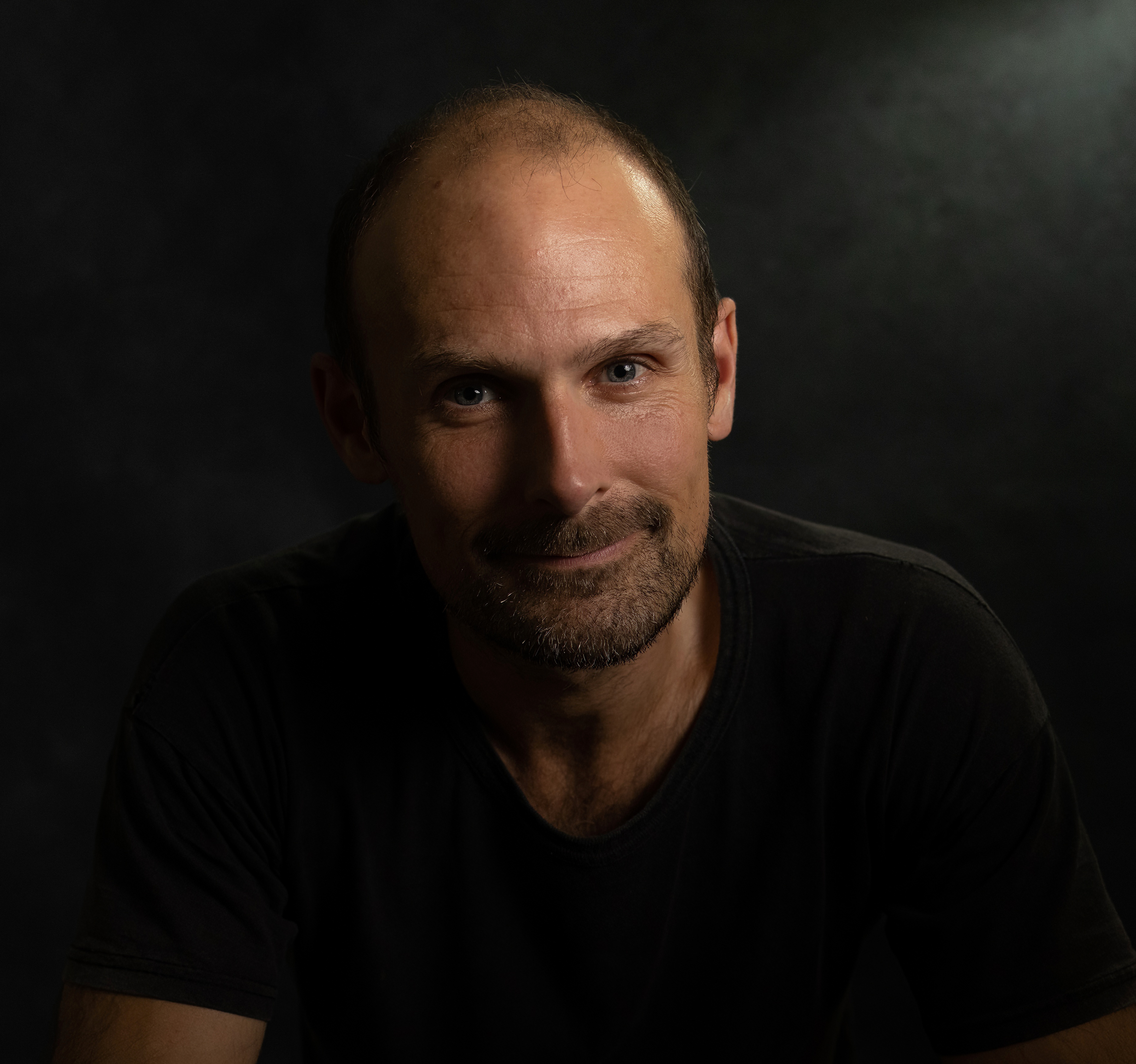
AI video generation has come a long way fast. Two years ago, we were laughing at nightmarish visuals of Will Smith eating spaghetti. Now the tech is being used to generate finished pieces of content, including the new music video from Dutch DJ and producer Don Pepijn Schipper, AKA Don Diablo.
As an early adopter keen to test the limits of new tech, Don worked with the GPU giant Nvidia on the video for Blackout, from his drum and bass project Control Alt Delete. With a sci-fi theme that's likely to remind many of a certain Hollywood movie, it's one of the first major mainstream music videos to use 100% AI-generated visuals and would have been impossible without the tech.
How did the team do it, and does it matter that the visuals 'look AI'? I asked Don what he thinks. If you need to upgrade your own setup to get more power, see our guides to the best laptops for video editing and the best graphics cards for video editing.
Don's a busy guy. Splitting his time between Amsterdam and Los Angeles, he also recently released new single Doing Nothin’ with Nelly Furtado, but he took time out to talk about the experimental AI video for Blackout.
He says the new possibilities of AI video generation immediately grabbed his attention. Describing himself as a "futuristic dreamer", he tells me he's "always chasing my artistic vision as well as the next big innovation." A collaboration with Nvidia felt like a natural step forControl Alt Delete.
"It started with mutual curiosity," he says. "I’ve always been fascinated by what happens when you blur the lines between human creativity and machine intelligence. Nvidia reached out after seeing how I was using AI tools in my creative process – not just as a gimmick, but as a genuine extension of my artistic vision. From there, it became clear: this wasn’t just a brand collab – it was a tech-meets-art love affair."
Don is keen to point out that he wants to retain the human touch in his work, but says electronic music has always been about a meeting of humans and machines. He points out that he delivered fans an exclusive 45 minute mix of AI-generated visuals displayed in a live DJ performance setting operated on location by professional stage builders, a VJ, light and sound crew and with a steady cam operator filming the set.
Daily design news, reviews, how-tos and more, as picked by the editors.
As for making the music video for Blackout, he says the use of AI completely changed the team's process. "With a traditional production, you usually start with a locked-in script, scout locations, build sets, shoot, edit, repeat. Here? We were sketching visual dreams – then letting the AI fill in the surreal blanks. The storyboard wasn’t static, it was alive. I’d describe it more like sculpting fog: you guide it, shape it, but you have to be okay with surprises. "
His team used ComfyUI and FLUX, and trained models on hundreds of visual references of Don from past shows, interviews, photoshoots and 3D scans. Nvidia provided a GeForce RTX 5090 GPU to power the work.
The team then worked with generative video frameworks to 'insert' Don Diablo into "AI-rendered dreamscapes", a process Don describes as stepping into a mirror world. "Every reflection is a remix of yourself," he says. "Slightly uncanny? Maybe. But definitely me. We have spent hundreds of hours (and a big amount of financial resources) handcrafting dozens of metahumans and not one came as close as what we are now capable of with the mix of AI and human precision."
Cost and time were two of the big advantages, but Don also highlights the freedom to experiment with anything. "We could iterate at the speed of thought — test, tweak, and transform entire scenes overnight," he says. "But the real advantage? Freedom. You’re not limited by physics, budget, weather, or gravity. You want a cathedral floating on a purple ocean made of vinyl records? Done. Try pitching that to a traditional production company."
One of the biggest challenges in AI video generation is maintaining consistency. Don recognises that this was an issue, describing AI as a "hyperactive genius" — brilliant, but easily distracted.
"Keeping character likeness, lighting, motion, and mood consistent was a constant battle," he recalls. "We solved it with a mix of prompt engineering, model tuning, and some good old-fashioned human art direction. It’s a dance – AI leads, but you better know the steps."
A couple of more subjective aspects intrigue me. The realism of AI video generation has improved a lot in just a couple of years, but it's still fairly obvious that it's AI, at least to anyone familiar with the artifacts that come with AI output. Does that not matter and distract from the story? Don reckons it doesn't any more and even welcomes the glitches.
"I think that used to matter. Now? It’s like asking if a track was made with analog gear or digital plugins. Whether you listen to a song from vinyl or as an MP3 on Spotify. The only question is: Does it move you? If it stirs something – nostalgia, excitement, discomfort – then the medium becomes the message. And right now, AI is just another brush in the palette."
Could it be that people are coming to accept the 'AI look'? Don thinks we'll soon have AI video that's indistinguishable from real video, but that some people will continue to use intentionally over stylized work. "We’ll have hyper-realistic AI video that fools your senses — and we’ll have intentionally stylized AI art that bends reality like Salvador Dalí on code. The future isn’t binary. It’s layered. Some stories want authenticity. Others want dream logic. The real trick is knowing which is which. "
As for the reaction of fans, he says most have responded positively. "Some people love the weirdness. Others say it feels like a dream dipped in code. Personally, I embrace the glitches – they’re a reminder that we’re in the early stages of something revolutionary. It’s like early synth music: raw, experimental, and a little off. That’s where the magic is. You just have to tune into the future, not run from it."
To end, I asked Don what's he learned from the project, and it's clear that he's become a convert to using AI. "You don’t need to wait for permission to build a world anymore," he enthuses. "The tools are here. The gatekeepers are gone. From now on, every project I touch will be part music, part tech, part emotion – stitched together with whatever future tools are available. Because the real frontier? It’s not AI. It’s imagination without borders."
For more on AI in movies and VFX, see our pieces on the making of Here and Little Simz' Young video. We also have a guide to the best video editing software.

Joe is a regular freelance journalist and editor at Creative Bloq. He writes news, features and buying guides and keeps track of the best equipment and software for creatives, from video editing programs to monitors and accessories. A veteran news writer and photographer, he now works as a project manager at the London and Buenos Aires-based design, production and branding agency Hermana Creatives. There he manages a team of designers, photographers and video editors who specialise in producing visual content and design assets for the hospitality sector. He also dances Argentine tango.
You must confirm your public display name before commenting
Please logout and then login again, you will then be prompted to enter your display name.


